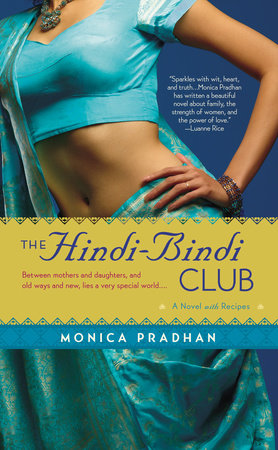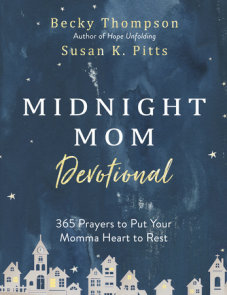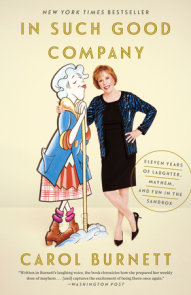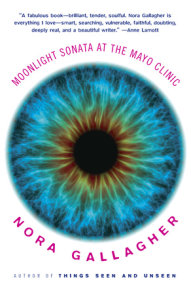READERS GUIDE
Monica Pradhan’s lyrical debut, in the celebrated tradition of The Joy Luck Club and Like Water for Chocolate, explores the intricate bond between mothers and daughters as three families of Indian-American women clash and blend cultures and generations.The Hindi-Bindi Club, a nickname given to a group of mothers by their American daughters, has remained close after moving from India to the suburbs of Washington, D.C.—sharing recipes, customs, and the challenges of being women shaped by ancient ways yet living modern lives. Now three grown daughters of the Hindi-Bindi Club are drawn home to their families to see if they can hold onto their dreams, as their mothers did, or figure out a way to create new ones. As East meets West across time and tradition, six women take their first steps toward true sisterhood, shattering long-kept secrets, sharing joy and tears, and allowing the real power of the Hindi-Bindi Club to take hold.
An elegant tapestry of food and ceremony, wisdom and sensuality, Pradhan’s luminous novel breathes new life into timeless themes.
The questions and discussion topics that follow are intended to enhance your reading of The Hindi-Bindi Club. We hope they will enrich your experience of this vibrant novel.
Questions and Topics for Discussion
1. Discuss the storytelling approach Pradhan takes. Did you find the varying first person narrative chapters effective or jarring in any way? Did you like the email and letter exchanges that are strewn throughout?
2. Though Meenal, Saroj and Uma—the three mothers that make up the Hindi-Bindi Club—all had fairly different experiences in India, they forged a very strong bond once they moved to America. Did they all embrace the American way of life in the same way? How did their pasts affect their adaptation? Think about each woman’s choice of lifestyle—how she lives, if she works, how she raised her children, etc.
3. Describe the dynamic between the daughters, Kiran, Preity and Rani, during the first part of the novel. In your opinion, what is the reason for the tension that seems to surround these three women?
4. Kiran’s parents are perhaps the most traditional characters represented in this book. Explain the Deshpandes’ reaction to Kiran’s decision to marry and ultimately divorce, and the eventual strain her lifestyle caused to their whole family. Reference the words Kiran’s father shares about “a disposable society.” (page 106)
5. At one point during the novel, each of the three daughters journeys home to face and deal with a disappointing and/or haunting aspect of her life. Discuss the different experiences and situations. How do they use the comfort of their mothers and one another to gain the courage to do what will ultimately make them happy?
6. What do you make of Rani’s character? How has the pressure of success and consequent fear of failure in her decision to pursue art affected her? Explain the significance her trip to India with her mother has on her health, her relationship with her husband, and her overall outlook on life.
7. Throughout the novel, the author weaves in a good deal of significant Indian history. Discuss the essential role it plays in the story and specifically describe the ways in which Partition dramatically affects both Saroj and her daughter Preity, though in quite different ways.
8. Uma tells the tragic story of her mother’s—and Rani’s grandmother’s—death. Reflect on the common Indian blessing, “May you be the mother of a hundred sons,” and relate this to Ma’s situation in life.
9. How does Pradhan use different illnesses or diseases to help reveal things about certain characters? Think about how in portraying the way Meenal, Rani, and Preity respectively deal with maladies, the reader’s understanding of the characters is changed.
10. How is Kiran’s semi-arranged marriage and her actual wedding ceremony a perfect blend of Eastern and Western traditions?
11. In addition to beautifully written narratives, the novel contains many different recipes. What is the significance of each recipe that follows every chapter? How does it represent the character who references it? What role does food play as a whole throughout the book?






















